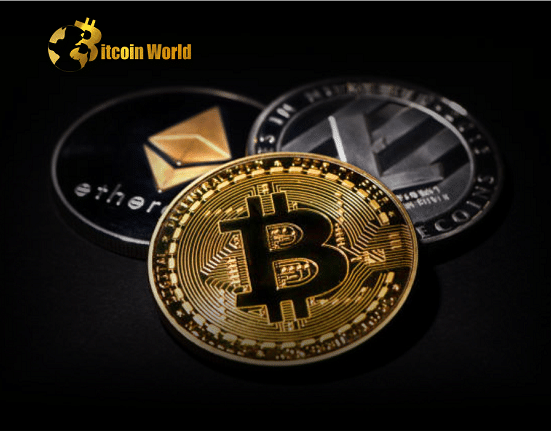In cryptocurrency markets, price delay and market frictions can significantly impact trading efficiency and price discovery. Price delay refers to the time lag between market events and the adjustment of cryptocurrency prices to reflect those events. Factors such as market liquidity, exchange latency, arbitrage opportunities, and algorithmic trading can contribute to price delays. These delays can create challenges for traders and investors, as they may miss out on timely opportunities or face increased uncertainty.
Market frictions, on the other hand, are impediments that hinder the smooth functioning of cryptocurrency markets. Issues related to exchange access and regulation, custody and security concerns, fiat onboarding and offboarding, and market manipulation can introduce inefficiencies and distortions in price signals. These frictions can lead to information asymmetry, increased volatility, and reduced confidence in the market.
Addressing price delay and market frictions is essential for the long-term growth and stability of cryptocurrency markets. As the industry continues to evolve, efforts to improve market infrastructure, enhance regulatory frameworks, and promote transparency will be critical in reducing frictions and improving overall market efficiency. Additionally, advancements in technology and increased institutional participation may contribute to a more seamless and liquid cryptocurrency trading environment, ultimately benefiting all participants in the market.
- Price Delay:
Price delay refers to the time lag between the occurrence of a market event (such as a sudden increase or decrease in demand) and the adjustment of the asset’s price to reflect that event. In cryptocurrency markets, price delay can occur due to various reasons:
- Market Liquidity:
Cryptocurrencies with lower trading volumes and liquidity may experience price delays, as there might not be enough buyers or sellers to immediately respond to new information.
- Exchange Latency:
Delays can also arise due to technical issues and latency on cryptocurrency exchanges. Slow order execution and network congestion can cause prices to be slower to reflect market events.
- Arbitrage Opportunities:
Price delays can create arbitrage opportunities for traders. If there is a price discrepancy between different exchanges, arbitrageurs can exploit it by buying on one exchange and selling on another, leading to eventual price convergence.
- Algorithmic Trading:
Algorithmic trading strategies employed by sophisticated traders may introduce additional price delays.
These algorithms can react to market events quickly, leading to price fluctuations before stabilizing.
- Market Frictions:
Market frictions refer to factors that hinder the efficient functioning of markets and impede the immediate flow of information and trading. In cryptocurrency markets, several frictions can impact price discovery and trading efficiency:
- Exchange Access and Regulation:
Cryptocurrency exchanges are subject to different regulatory environments and may have varying degrees of access and availability based on the geographic location of traders. This can create regional discrepancies in pricing and liquidity.
- Custody and Security Concerns:
The security and custody of cryptocurrencies can be a friction point for institutional investors. Concerns about hacks or theft can lead to increased cautiousness and lower trading volumes.
- Fiat Onboarding and Offboarding:
Converting fiat currency to and from cryptocurrencies can be cumbersome and subject to delays, especially when dealing with traditional banking systems. This can hinder the seamless flow of funds into and out of the cryptocurrency market.
- Market Manipulation:
Manipulative practices, such as wash trading and spoofing, can create artificial price movements, leading to market inefficiencies and misleading price signals.
Reducing market frictions and minimizing price delays are critical challenges for cryptocurrency markets to mature and gain broader acceptance among institutional investors and the general public. As the cryptocurrency ecosystem evolves and regulatory clarity improves, we may see advancements in these areas. However, it’s important to recognize that some level of price delay and market frictions is inherent to financial markets and can never be entirely eliminated.












